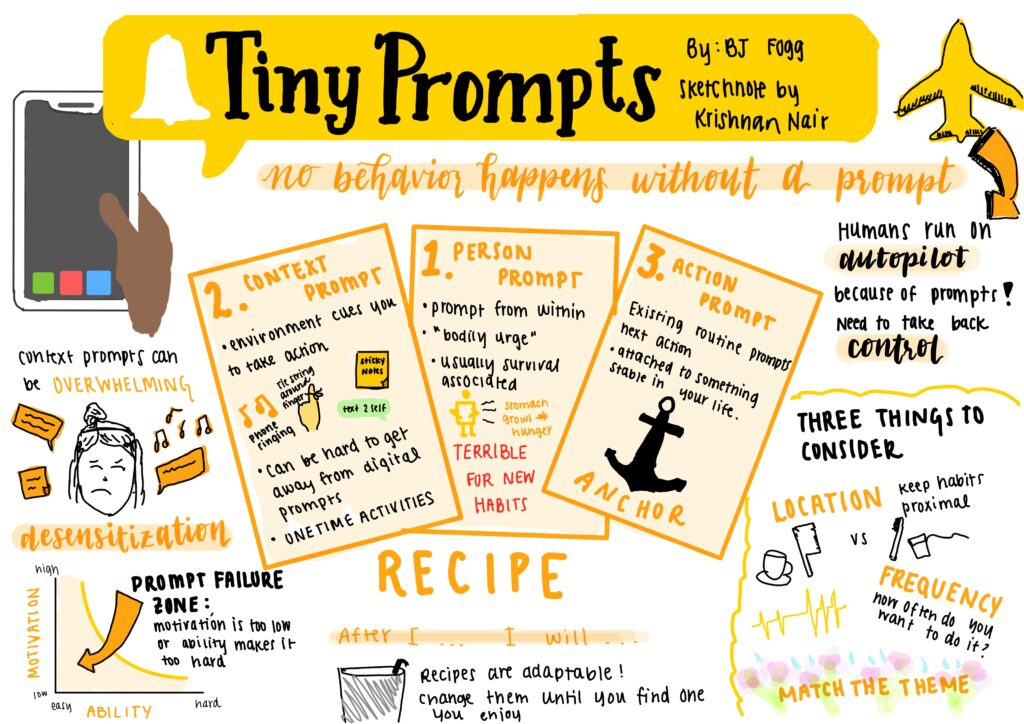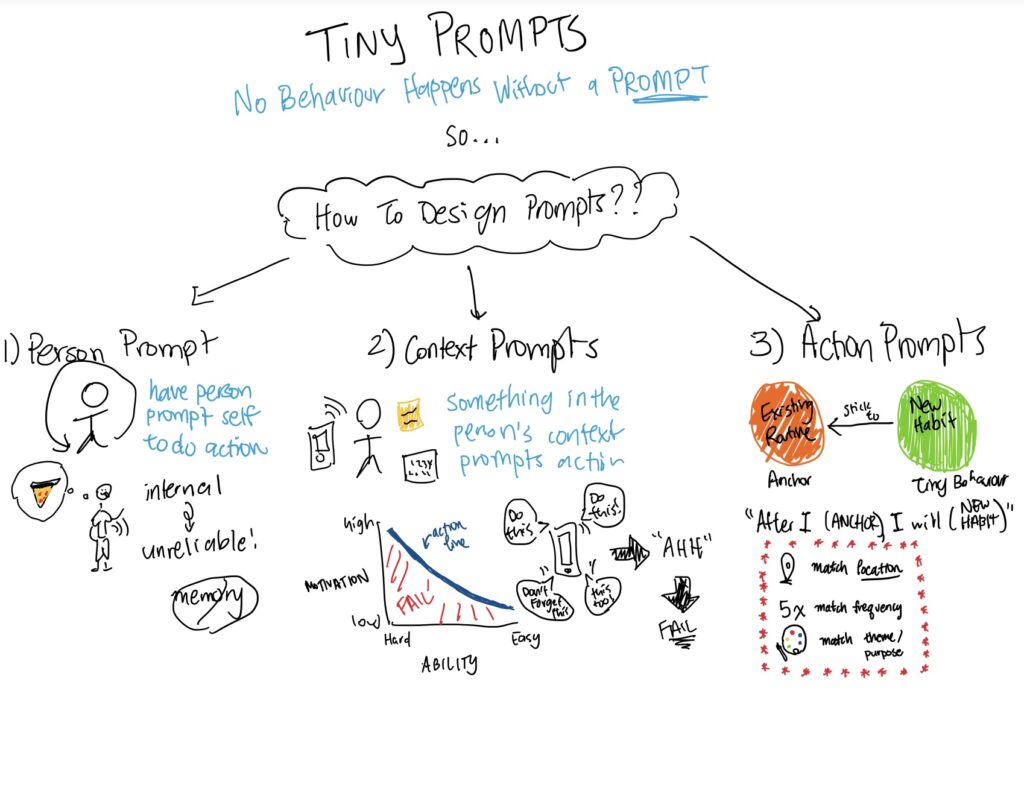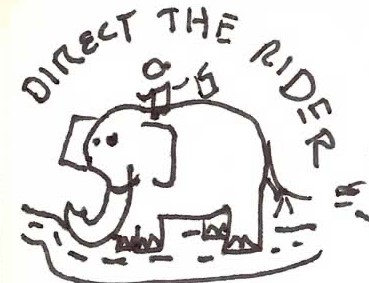Literature Review List
about the Benefits of Sunlight Exposure
- Sunlight exposure: Do health benefits outweigh harm?
- Sunlight and health: shifting the focus from vitamin D3 to photobiomodulation by red and near-infrared light
- Health benefits of vitamin D and sunlight: a D-bate
- Time spent in outdoor light is associated with mood, sleep, and circadian rhythm-related outcomes
about the Benefits of spending Time Outdoors in Nature
- Outdoor blue spaces, human health and well-being: A systematic review of quantitative studies – ScienceDirect
- The great outdoors: how a green exercise environment can benefit all | Extreme Physiology & Medicine
- Spending at least 120 minutes a week in nature is associated with good health and wellbeing | Scientific Reports
- Minimum Time Dose in Nature to Positively Impact the Mental Health of College-Aged Students, and How to Measure It: A Scoping Review
- Nature experience reduces rumination and subgenual prefrontal cortex activation | PNAS
about the Benefits of spending Time Outdoors with Plants
about Encouraging the Behavior of Going Outdoors
- Claritin® Launches The Outsideologist Project – A Multi-Year Initiative Encouraging Children To Spend Time Outdoors
- Nature Play Playground Research
Important Insights from literature review and how we are using it
We extracted the following key information from our literature review and will ensure to keep these principles in mind during the production of our intervention idea and final product.
Benefits of being outside and why people would want to do it
US college students are more stressed and mentally ill than ever and going outside can help that. Spending time in nature can make you less stressed, depressed and likely to ruminate. Time in natural spaces is an effective way to improve mood, focus and physiological markers like blood pressure and heart rate.
How to encourage people to spend time outdoors
Claritin’s The Outsideologist Project found that children could only keep themselves occupied with unstructured play time outside for 32 minutes before they became bored because of a lack of imagination due to increased access to tech. Their initiative attempts to solve the problem by providing access to engaging and educational tips and activities meant to help children be creative and guided to expand their imagination. This approach is similar to our competitors like AllTrails, Relive, OuterSpatial, etc. which are meant to serve as guides to the outdoors. We may follow a similar approach in our final product.
The Nature Play group found that increasing the presence of nature such as the amount of plants will result in an environment that increases diversity of play and curiosity in the outdoors. As a result, their initiative is focused on naturalizing playgrounds and ensuring they are designed with nature present. This approach is backed by similar research done to make office spaces a better, more green experience for employees. Our intervention study follows this approach by asking participants to have their normal meal/snack/drink outdoors in order to increase the presence of plants in their surroundings.
How much time do people need to spend
Our research indicated that participants only needed to spend 10-50 minutes in natural spaces in order to receive the health benefits. The short time period will make the habit easier for our target audience to build since our target audience is busy and has little free time. 10-50 minutes is also the ideal time range for a meal/snack/drink which is why our intervention study felt confident in attaching outdoor time to it.
Role of Sunlight Exposure
Although it is clear sunlight exposure plays a role in our well-being, research shows that there are flaws in sunlight research. These flaws helped us narrow our focus and choose to minimize our focus on daylight and instead focus on nature.
Role of Nature
The research has made it clear that being outside is not enough. People need to spend time in nature to receive the benefits of being outdoors as indicated here, here, and here. Our intervention study focuses on time spent in nature and the effect it has on our participants’ moods.
Summaries
Found by Camilla
Description:
Spending at least 120 minutes a week in nature is associated with good health and wellbeing, peaking between 200-300 minutes. These findings were consistent even with older groups with chronic health issues. However, this study is limited because it was analyzing WEIRD populations, and specifically wealthy urbanized societies where one would have to go out of their way to spend time outside. Wealthier urbanized people also tend to report visiting green-spaces more often, as they live closer to it, which increases wellbeing.
Found by Camilla
Description:
This meta-study analyzed 35 other studies about the effects of being exposed to blue space. Blue space counts as anything to do with lakes, rivers, oceans, etc. After analyzing, it was found that exposure to outdoor blue spaces benefits both mental health, well-being, and physical activity.
Article 3. Sunlight exposure: Do health benefits outweigh harm?
Found by Tom
Description:
“Expected benefits of vitamin D supplements are reduced by potential risk of toxicity.” This article explores the harmful effects of sunlight exposure and is a fresh take. It focuses on how sun exposure harms our skin, the toll it takes on our body and the little rewards we receive from it.
Found by Tom
Description:
“Benefits of vitamin D have been undermined by evidence from clinical trials.” This article explores the mistakes done while normally conducting research into vitamin D intake from the sun. We should use this article to investigate whether or not sunlight exposure is essential in the time someone spends outside.
Article 5. Health benefits of vitamin D and sunlight: a D-bate
Found by Jasper
Description:
This article explores if there really are health benefits to being exposed to sunlight and obtaining vitamin D from sun exposure. It lists pros and cons of research methods used to measure the effectiveness of sunlight exposure.
Article 6. The great outdoors: how a green exercise environment can benefit all | Extreme Physiology & Medicine
Found by Jasper
Description:
The great outdoors: how a green exercise environment can benefit all
Valerie F Gladwell, Daniel K Brown, Carly Wood, Gavin R Sandercock & Jo L Barton
The synergistic combination of exercise and exposure to nature and thus the ‘great outdoors’ could be used as a powerful tool to help fight the growing incidence of both physical inactivity and non-communicable disease.
Providing gardens with seasonal plants and interactive features, weather protected seating, manageable doors at accessible thresholds, planned social activities, and appropriate clothing are fundamental to facilitate nursing home residents’ access to the outdoors
Found by Noor
Description:
This study investigated a little less than 12,000 journal articles looking at different methods of using outside time as a way to reduce stress and mental health strain, particularly in college aged people (15 to 30 years old). Their motivation was that US college students are more stressed and mentally ill than ever and they wanted to see if there was an amount of time they could “prescribe” students to go outside, what they should do then and how to measure the effects.
The studies were filtered with the following requirements: minimum 12 participants, were college aged, and compared time in natural vs urban settings, tracked mental health. This narrowed nearly 12,000 to 14 articles, 3 of which were in the US.
This study found that the science indicates 10-50 minutes in natural spaces was the most effective to improve mood, focus and physiological markers like blood pressure and heart rate. The assessment methods were grouped into 3 categories: physiology, affect and attention.
Article 8. Nature experience reduces rumination and subgenual prefrontal cortex activation | PNAS
Found by Noor
Description:
A study published by the Proceeding of the National Academy of Science says a 90-minute walk through nature can positively affect your brain by making you less stressed, depressed and likely to ruminate.
The study made 38 participants take 90 minute walks. Half of the participants walked through a park near Stanford University while the other half walked through an urban environment on El Camino in Palo Alto. The experiment aimed to see if there were any changes in brain activity, specifically rumination levels by self reporting neural activity in the subgenual prefrontal cortex (sgPFC). Those who walked in nature found a reduction in sgPFC levels while those who walked in urban areas had no change.
The study concluded that in a world being increasingly urbanized, it is crucial to create accessible natural environments in urban areas as they are critical resources for our collective mental health.
Article 9. Time spent in outdoor light is associated with mood, sleep, and circadian rhythm-related outcomes
Found by Zahra
Description:
This observational study was conducted on the general population with a cohort of more than 502,000 UK residents aged 37-73 years. In this study, participants self-reported hours spent outdoors and data related to their sleep and circadian rhythm. They answered questions about energy levels throughout the day, such as what time does their energy peak, and if they had any symptoms that would indicate insomnia. Findings suggest that daytime light exposure improves mood, sleep and circadian rhythm related outcomes. This study did not indicate what type of activity the participants did when outdoors. It also only followed an older population in the UK.
Found by Zahra
Description:
This study was conducted on an elderly population. Forty six percent of the subjects were recruited from a nursing home and the rest were from apartments occupied by the elderly (both shared the same staff). The subjects volunteered to be in the study. The study divided the subjects into two groups; both groups performed the same activity, but one was asked to perform the activity in a garden setting. The weather conditions were ideal on the days this study was conducted. The study found that groups who performed activities outdoors had an improvement of mood and reduction of stress levels. Limitations of this study include a small sample size and a voluntary selection process. Populations who volunteered to participate were more likely to be healthy and willing to go outside.




